LONDON—This is Ron Nagle’s second solo exhibition in London at Modern Art, Lincolnshire Squire, a title so subtly droll it is almost Monty Python worthy, comprises eighteen small-scale sculptures and a group of drawings made within the past three years.
Garth Clark writes: “What is significant is not that it’s just another great show by this Abstract Pop master, we have grown used to that, but that this exhibition, at age 80, may well be his best ever. Perfection is not quite the right term, though Ron likes to get as close as he can to this elusive goal, but the refinement of form and line is so tight it could squeak. And he stands toe to toe with another great colorist, his friend, Ken Price. It’s a magical achievement”. The following text and photographs are courtesy Modern Art.
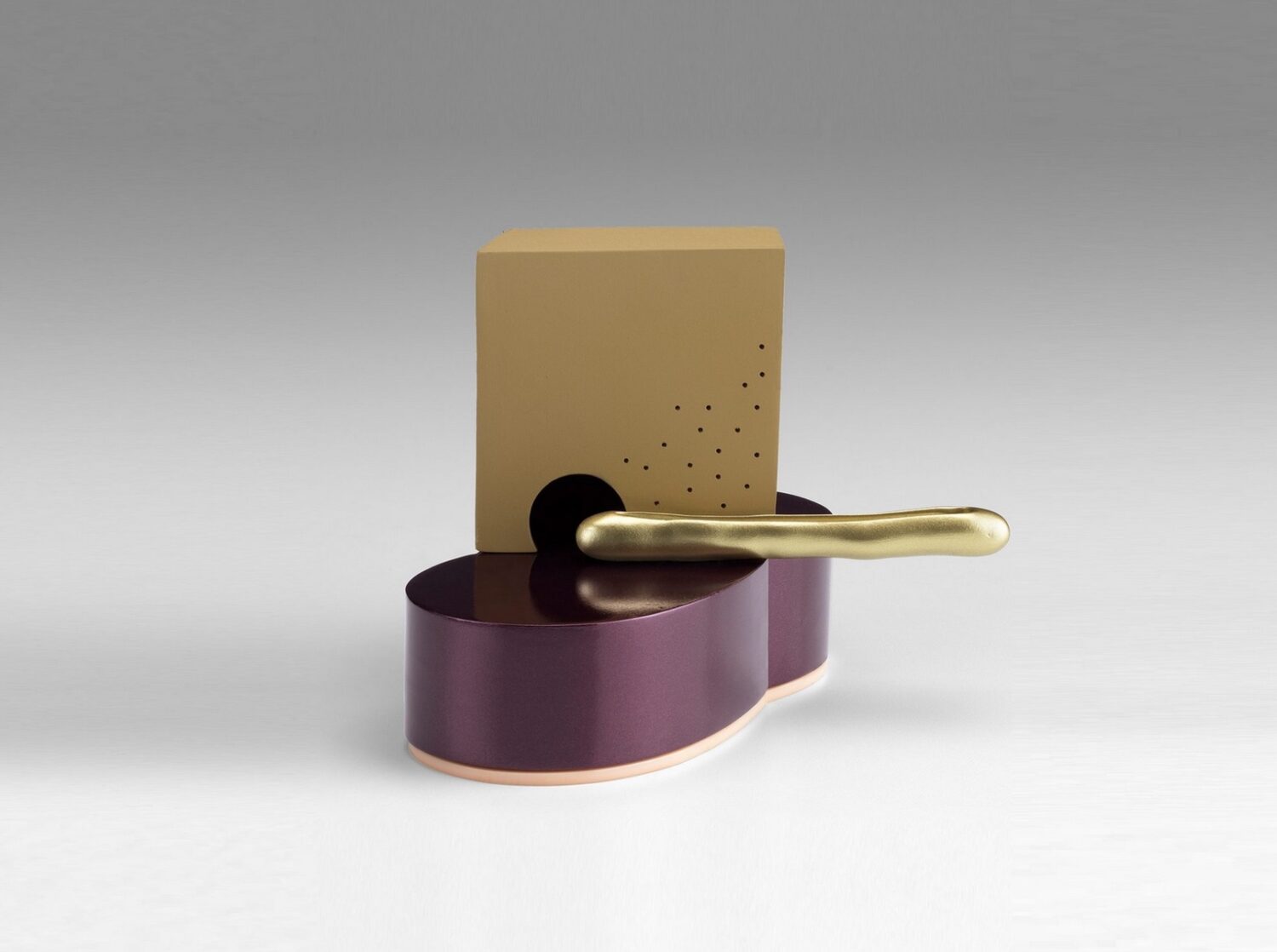
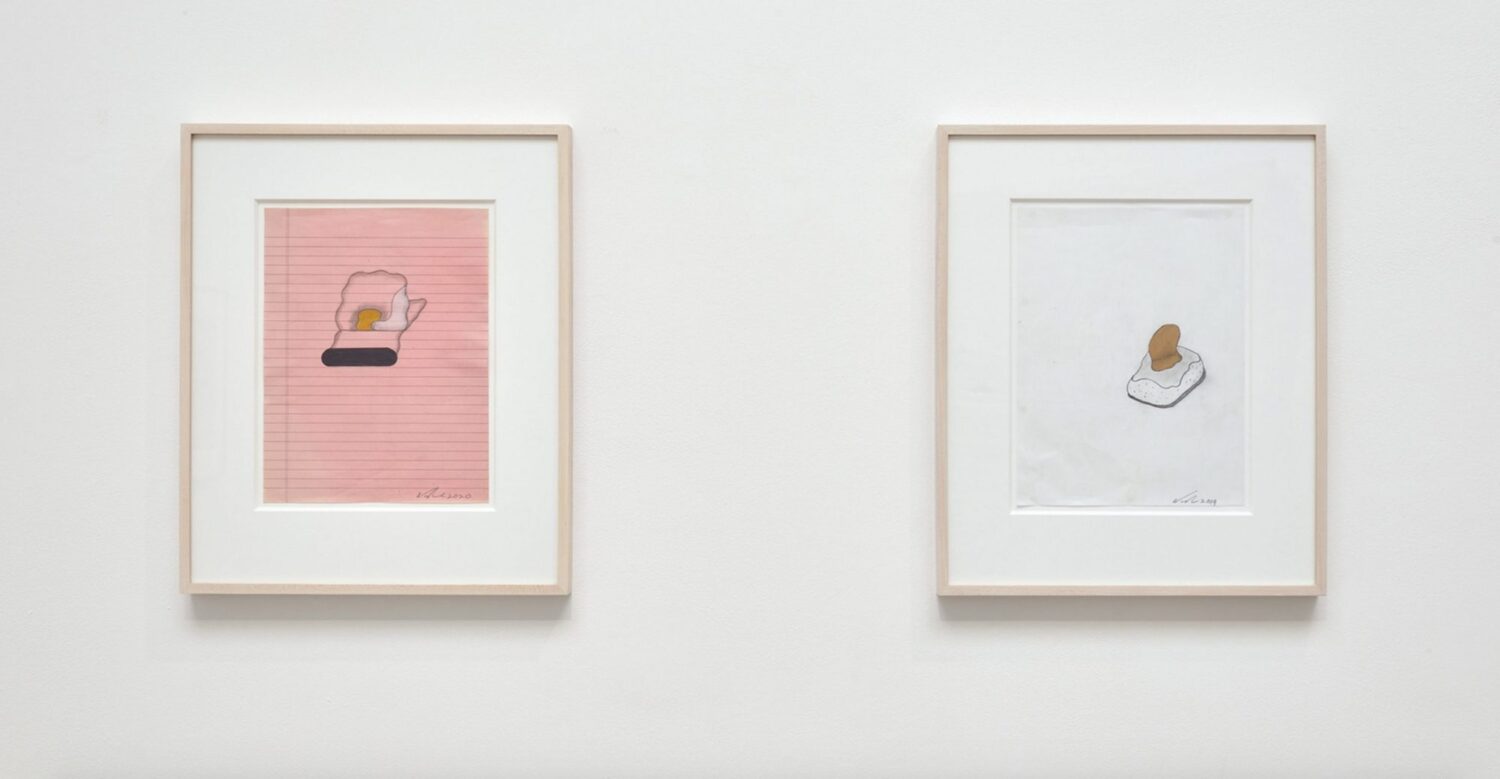
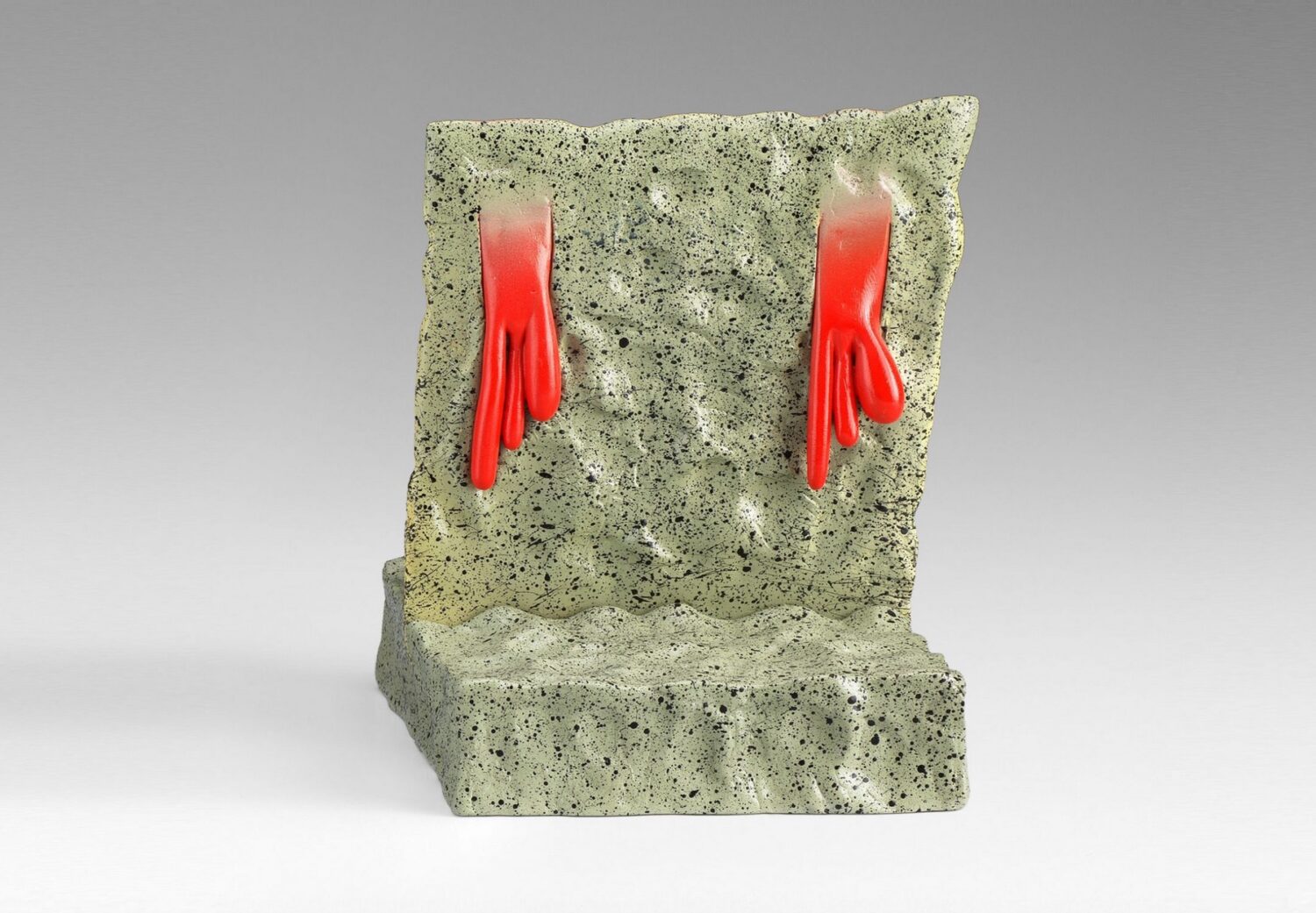
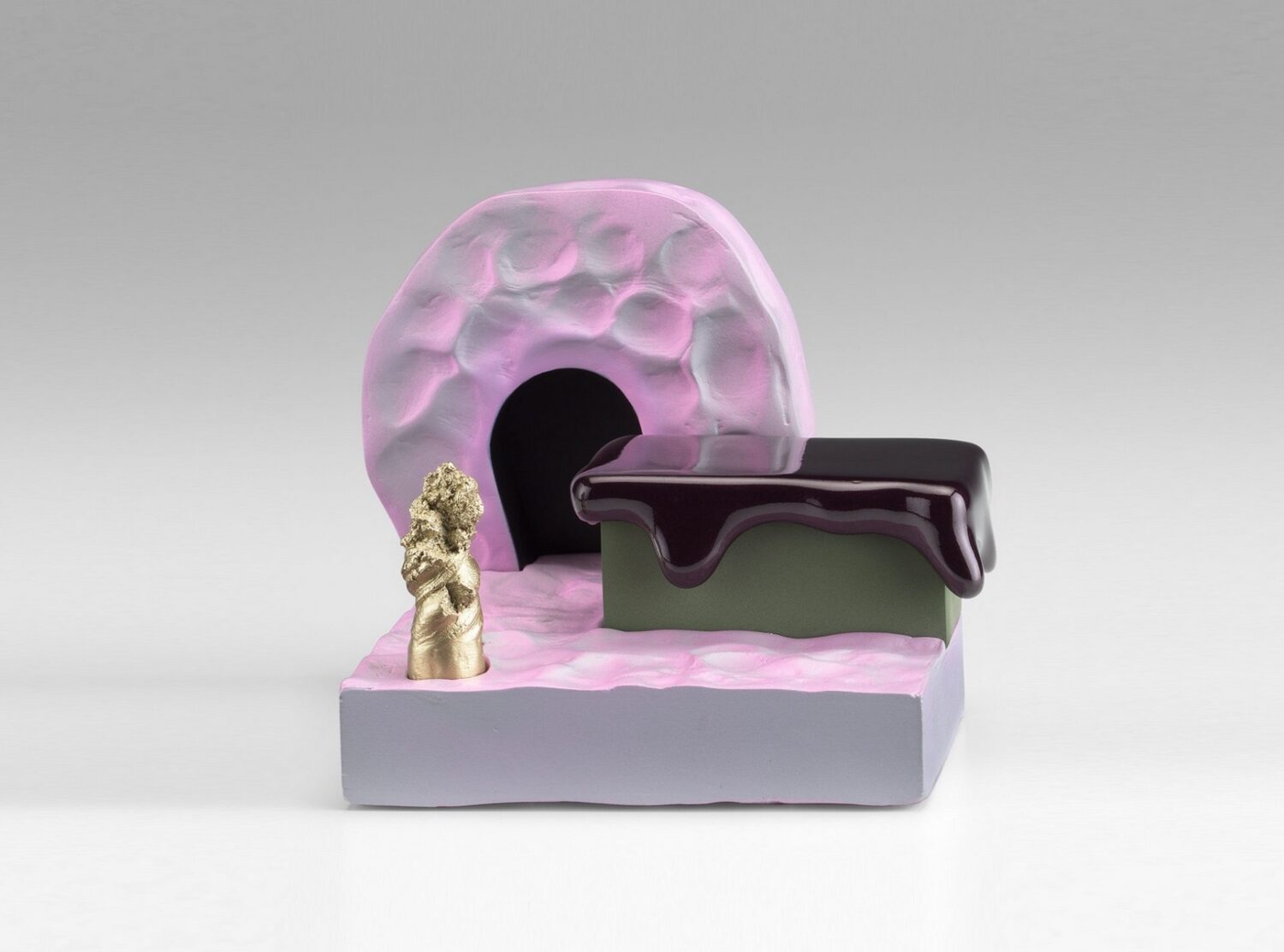
Ron Nagle’s sculptures might measure only the size of a clenched fist, but their intricate, dynamic panoramas evoke planetary domains. Stuccoed façades meet twiggy appendages, while slick, oily layers ooze over the sharp edges of perfect, geometric blocks. Meticulously crafted out of arrangements of texturally and formally contrasting elements, Nagle’s abstractions are both other-worldly and entirely of this one: they evoke a range of influences reaching between mid-century hot-rod cars of the US West Coast, and the composite sensibility of Japanese shibui and wabi-sabi.
Works for Modern Art oscillate between conveying a sense of interior and exterior. They may at once appear loosely like still-life landscapes–conveying a sense of the familiar outdoors–and at the same time describe something as specific as the details of the internal architecture of an unknown place, as though plucked from a dream.
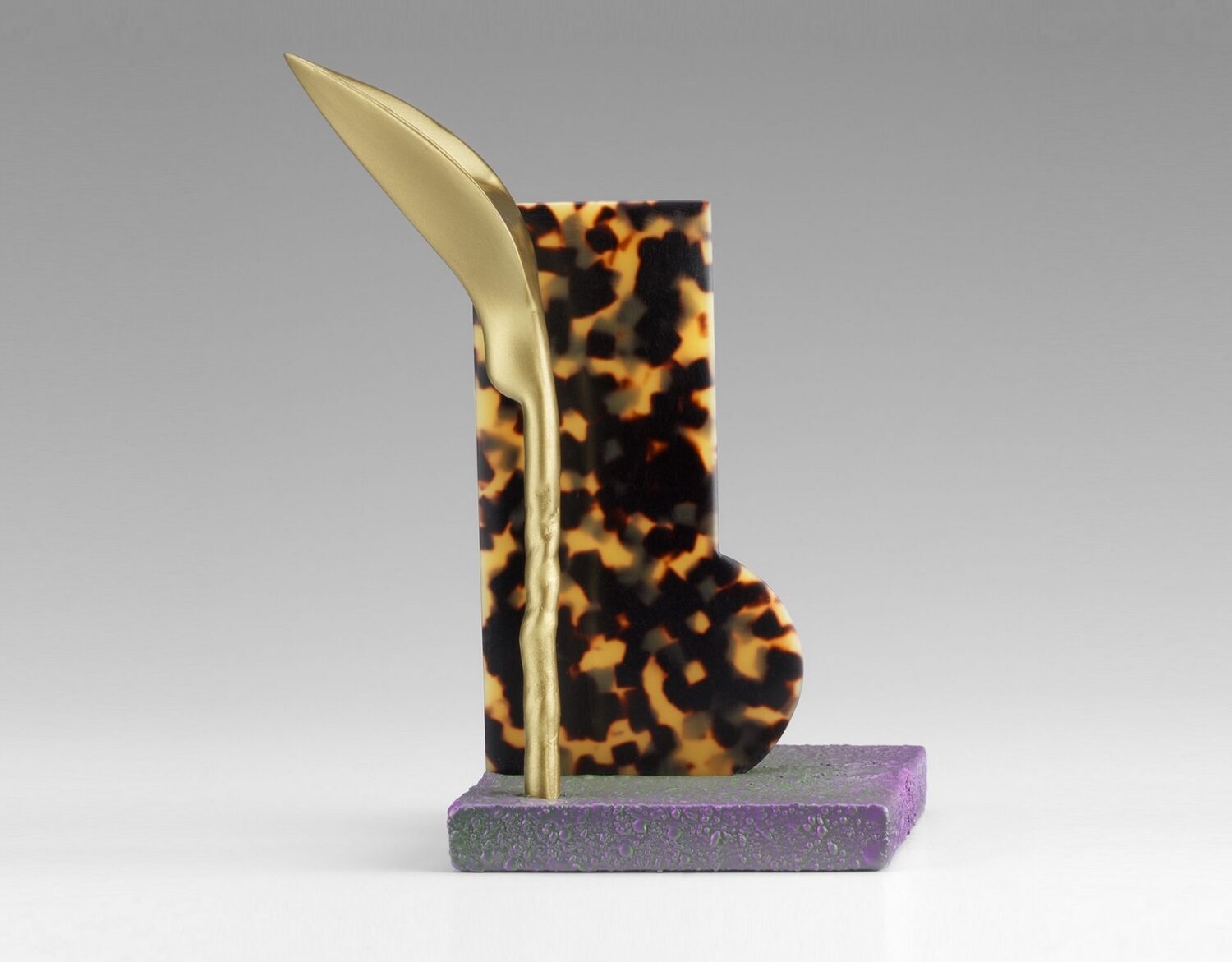
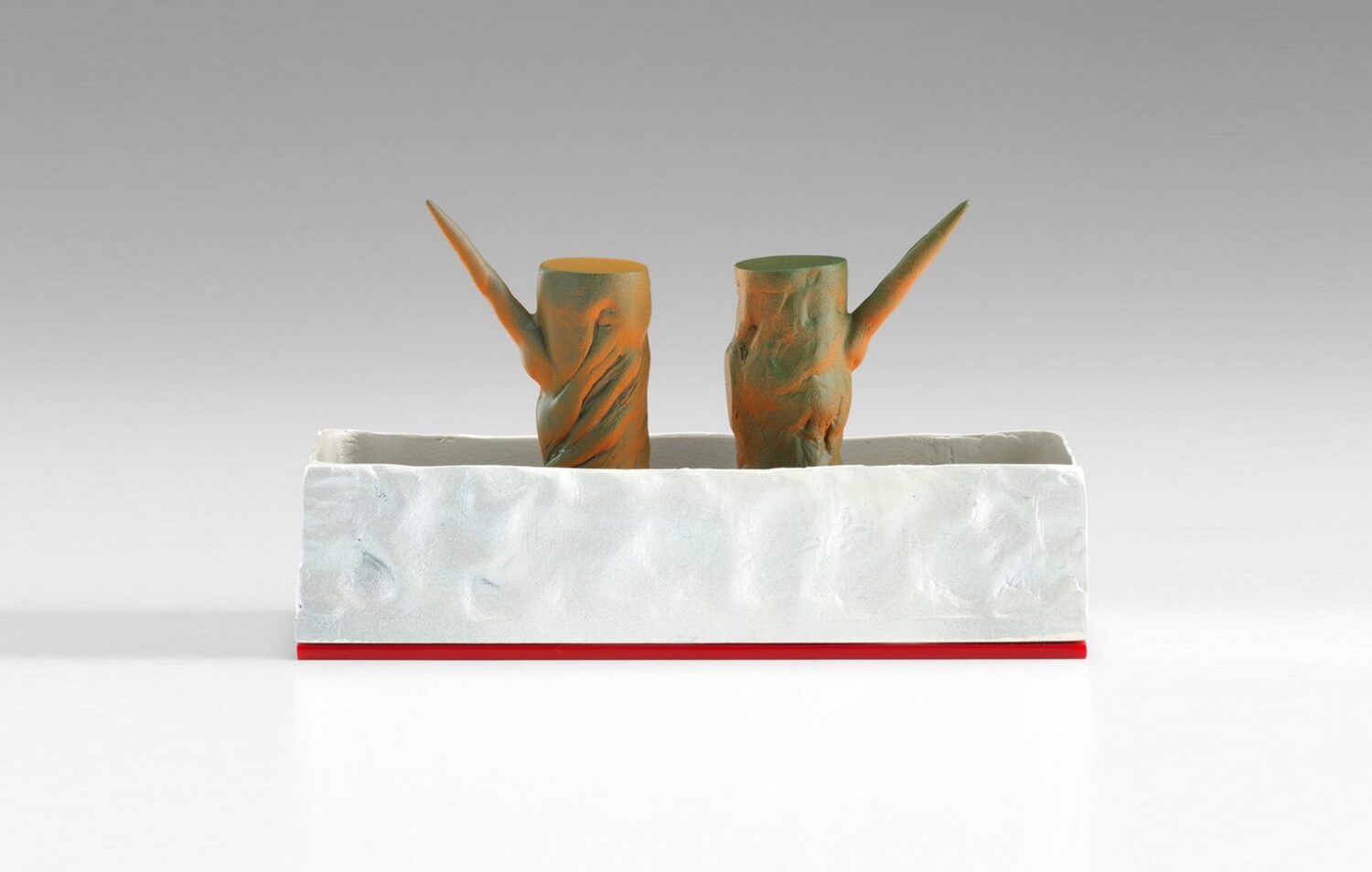
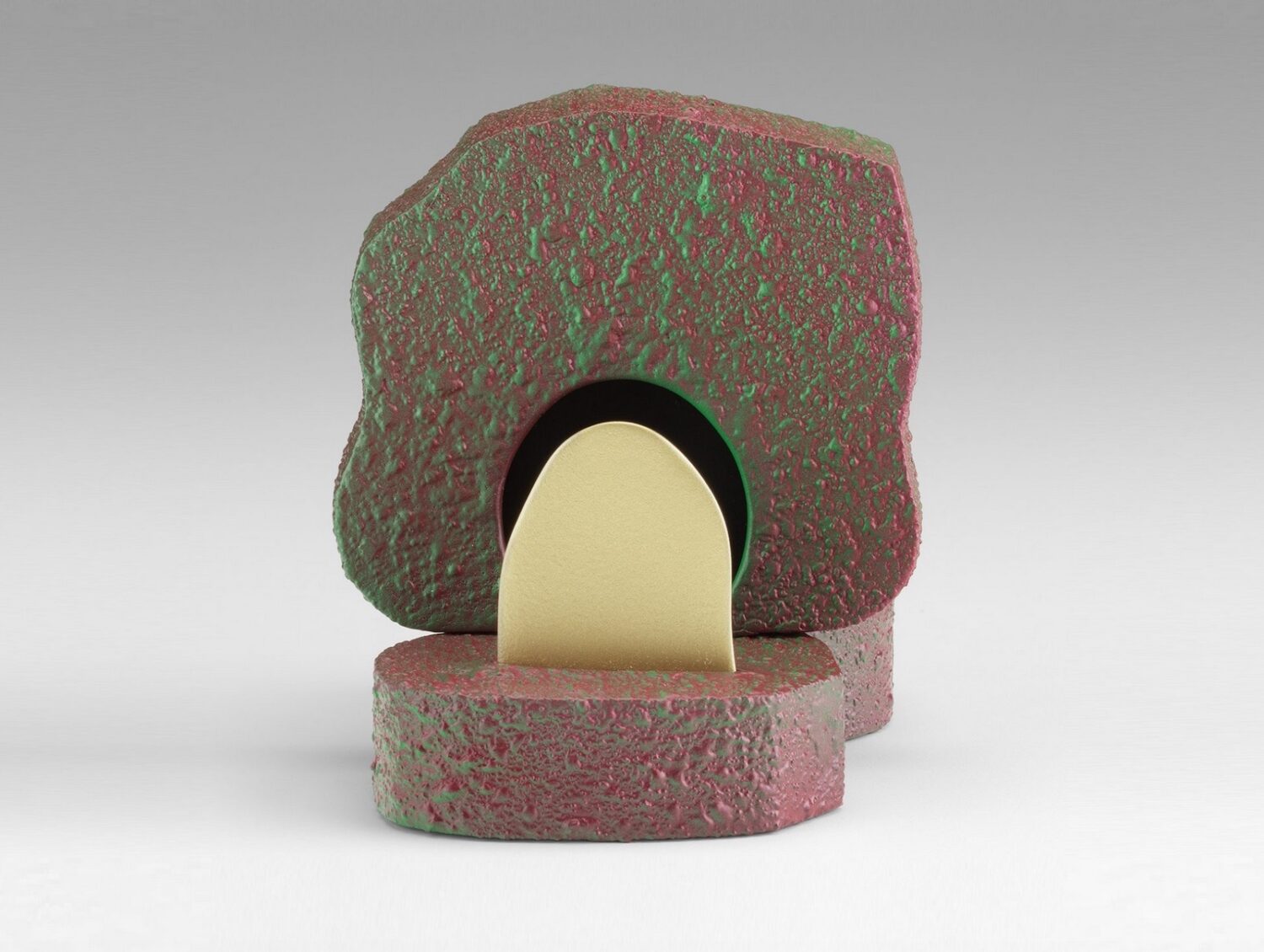
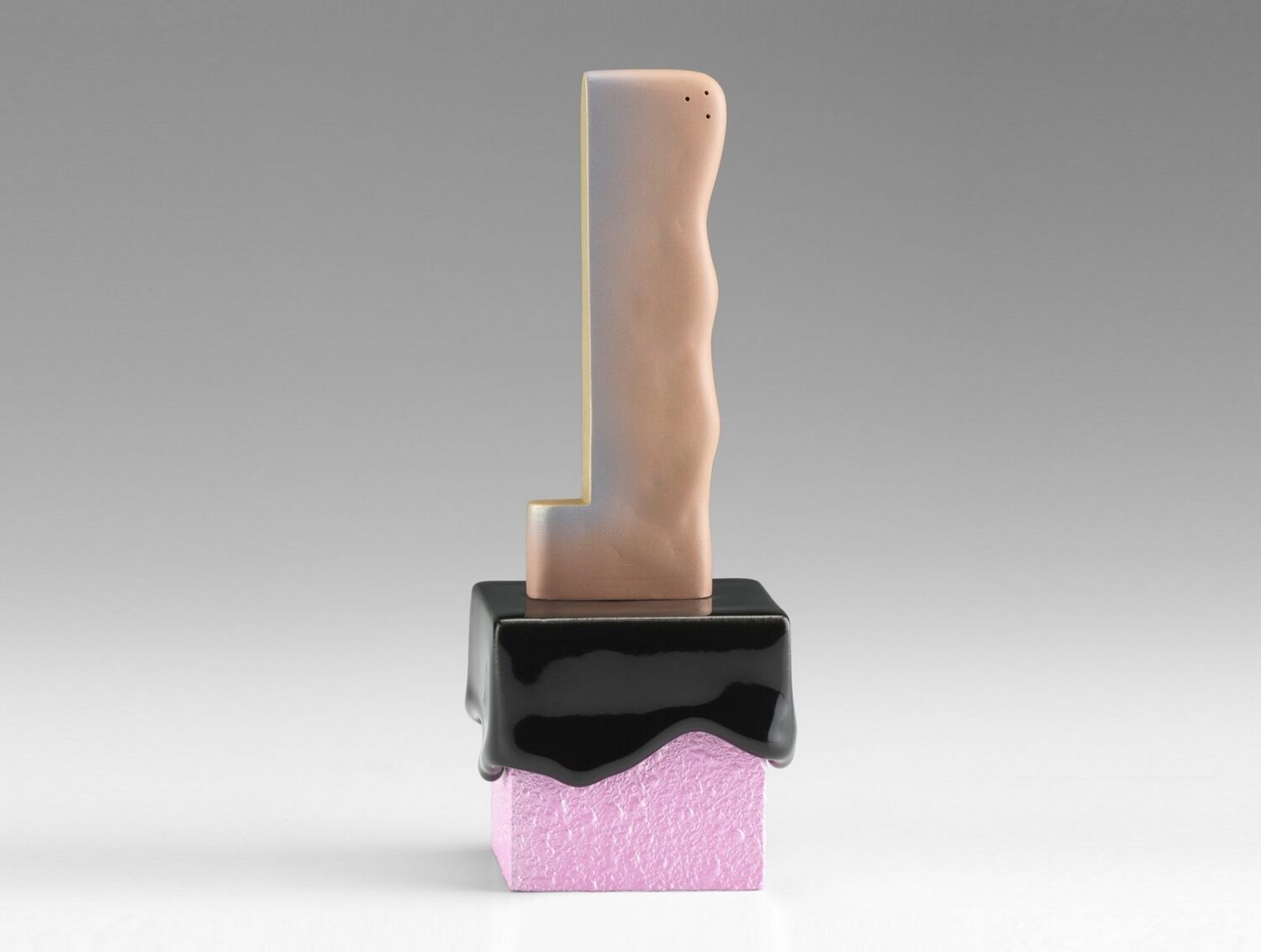
Mixing traditional materials such as ceramic and porcelain with epoxy resin and catalyzed polyurethane, Nagle’s works attain an almost impossible physical quality, their indefinability echoed in the deft wit of their titles, such as ‘Vapor Caper’ or ‘Curly Centurion’. Contained within their making are references to art history, such as the work of Lucio Fontana, Giorgio Morandi, Phillip Guston and George Herriman, but it is perhaps more apt to consider Nagle’s works within the context of his musical mind.
In this sense, each sculptural composition is akin to a finely tuned synthesis of overlapping notes, vibrations, textures, tones and words; the final whole always something entirelystranger andmore affecting than the sum of itsparts.
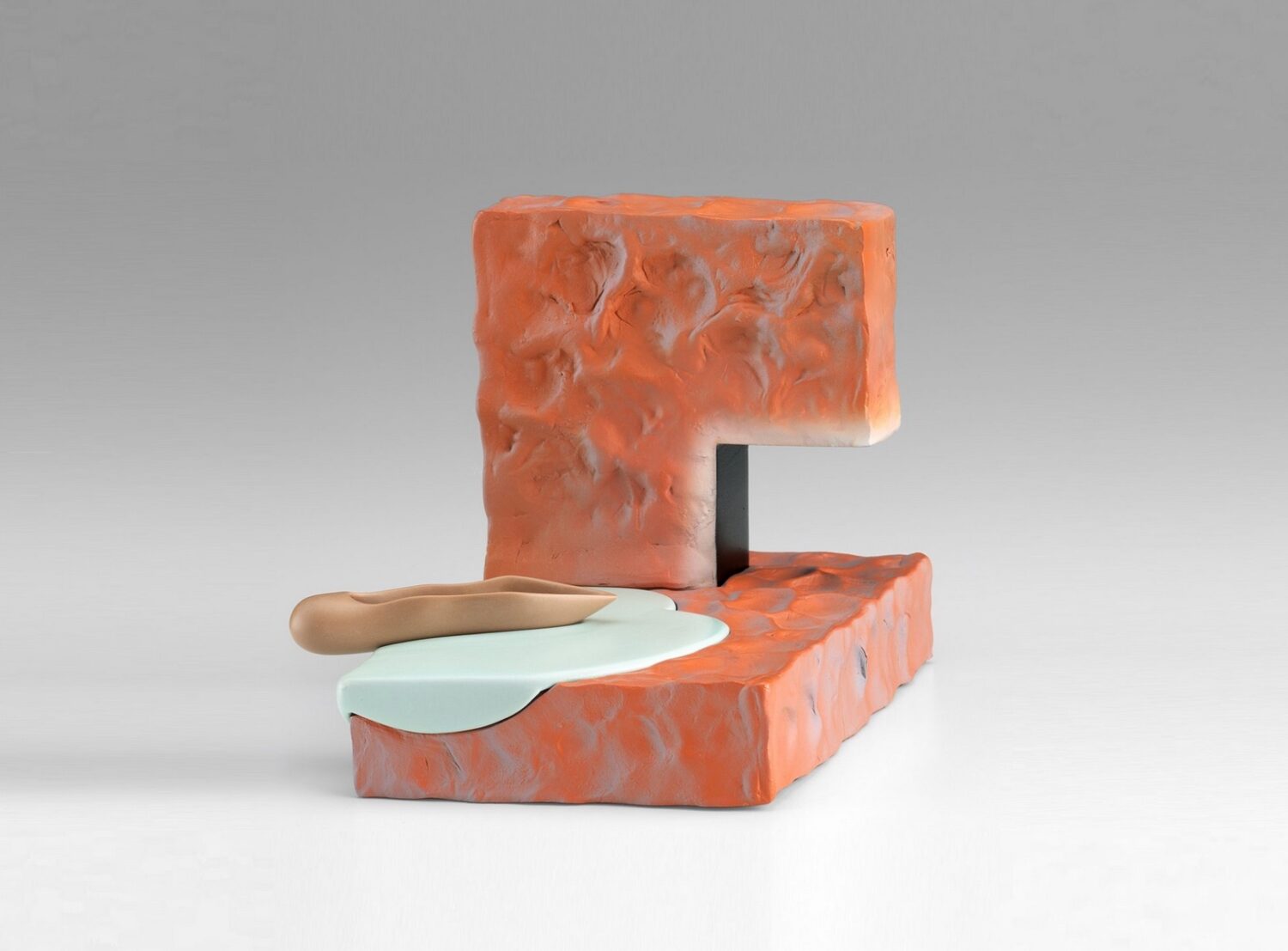

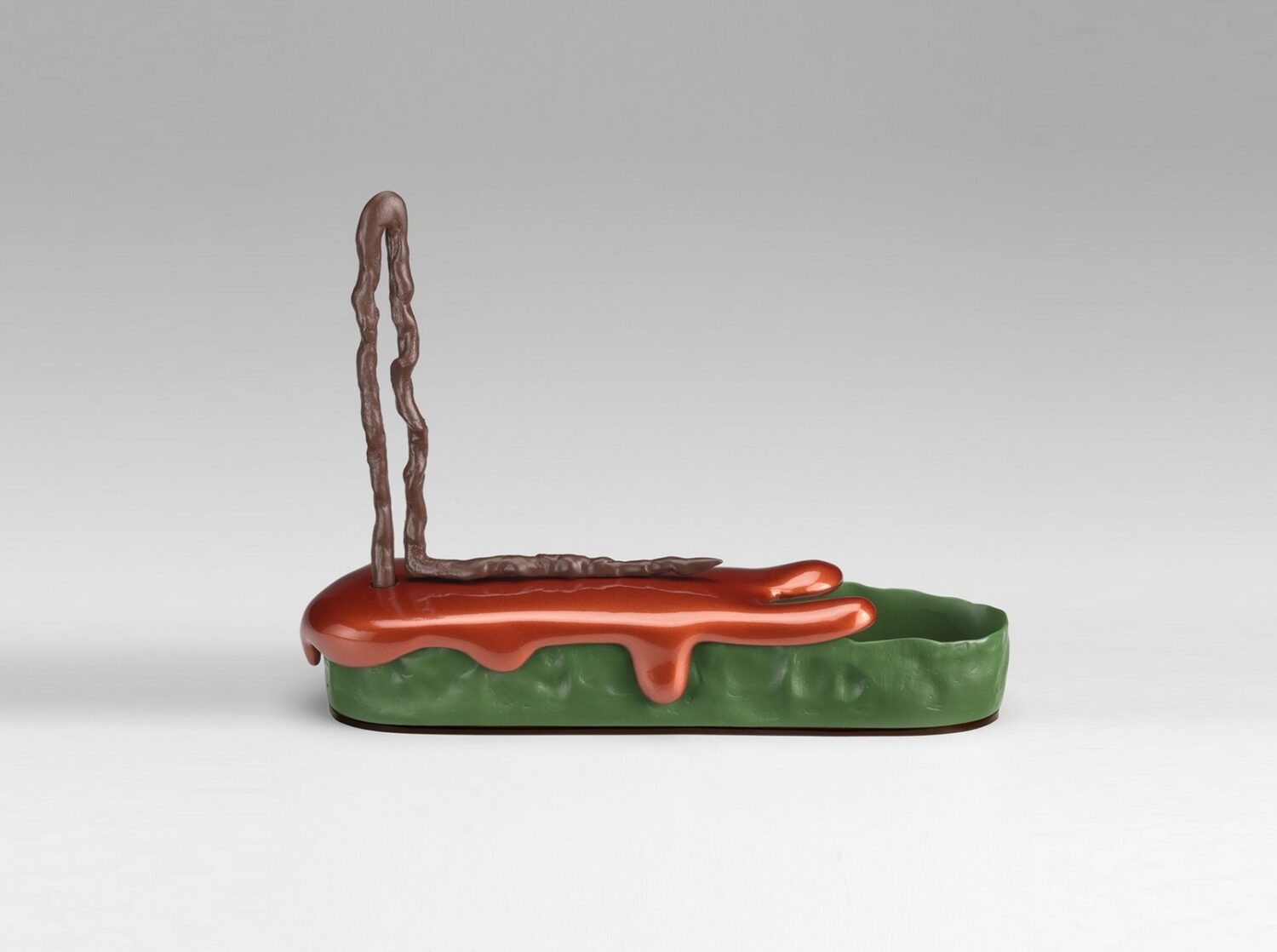

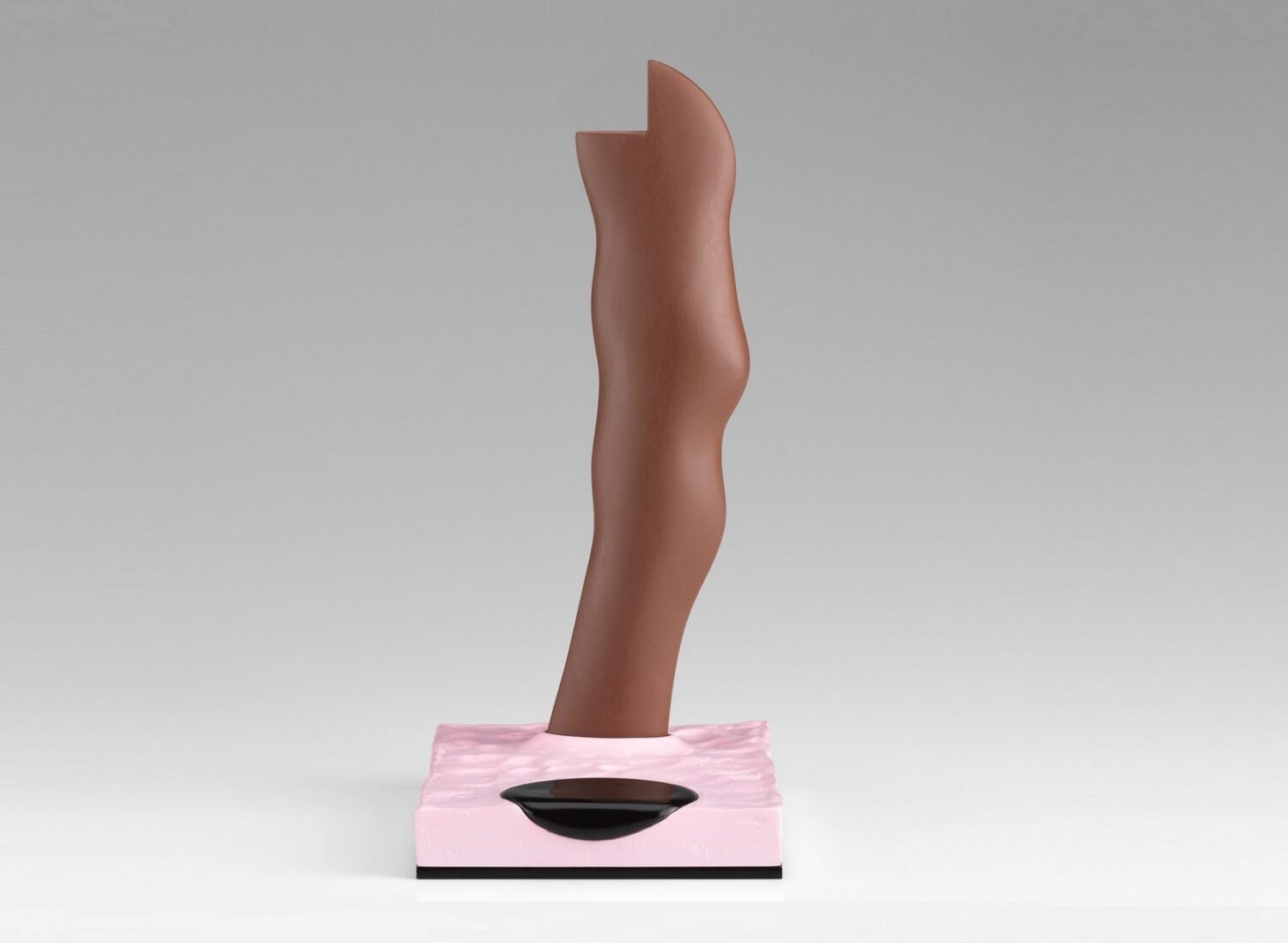
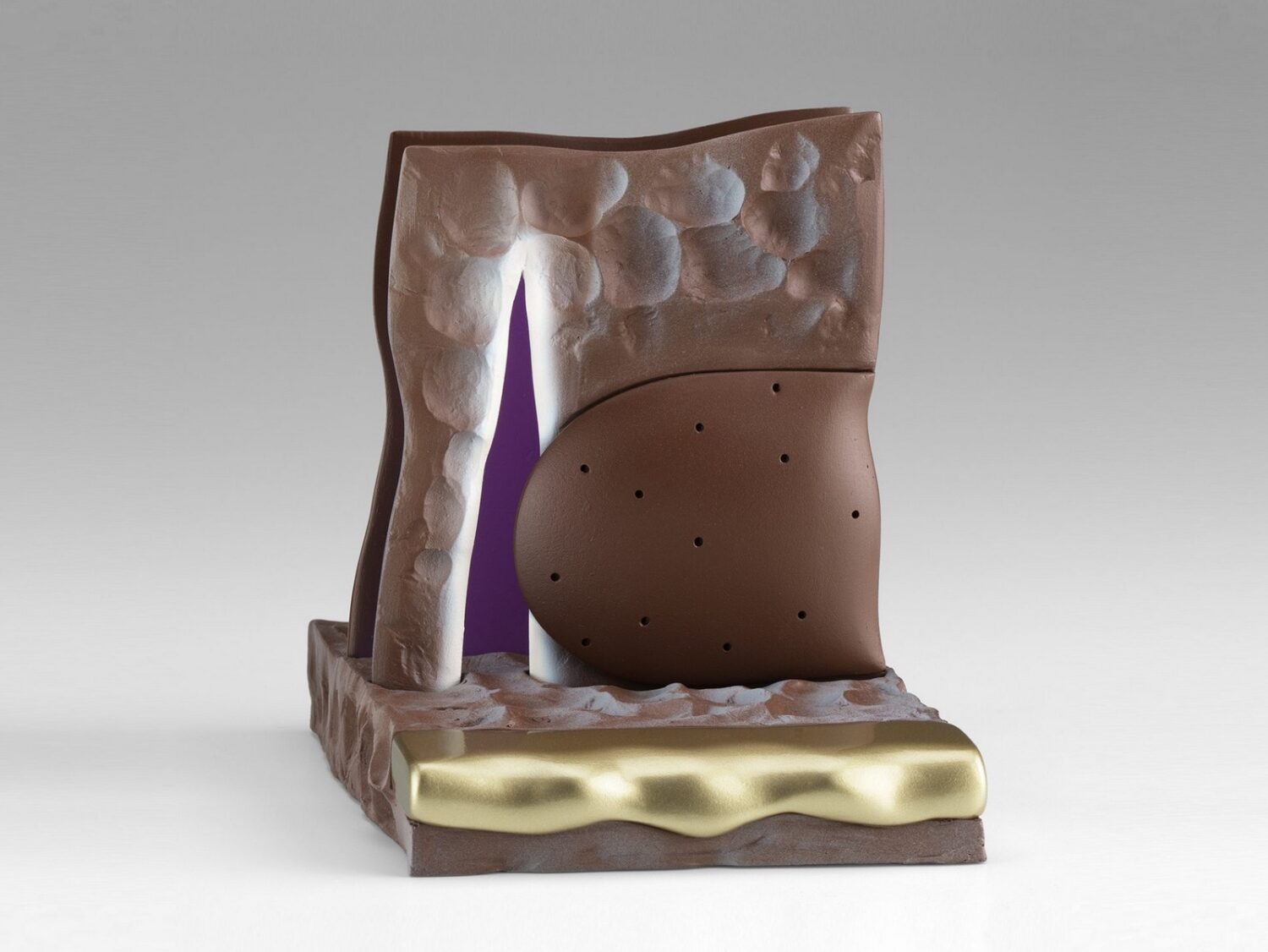
Ron Nagle’s career spans several decades. After high school, at which time Nagle first began to work with ceramics, he apprenticed with abstract expressionist sculptor Peter Voulkos in Berkeley California in the 1960s. It was during this seminal period that he began to formulate a sculptural practice of ceramics as conceptual rather than decorative objects.
Following this apprenticeship his work began to be shown alongside that of Voulkos, Ken Price and John Mason, whose influence on the redefinition of ceramics as a fine art medium became known as the California Clay Movement. Since then, Nagle’s work has advanced to combine traditional materials with cutting edge techniques, his evolving oeuvre maintaining an important contribution to the discourse of contemporary abstract sculpture.
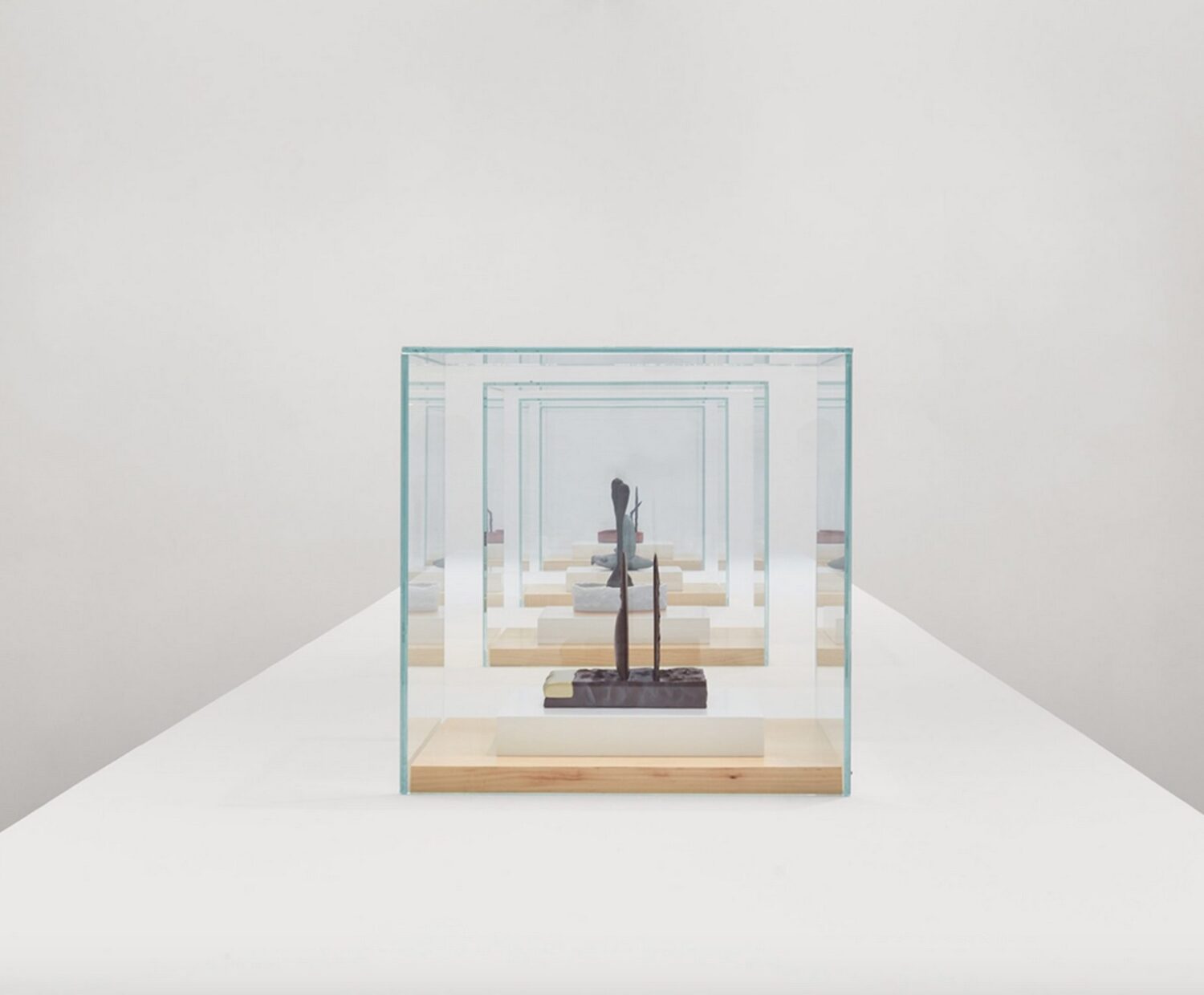
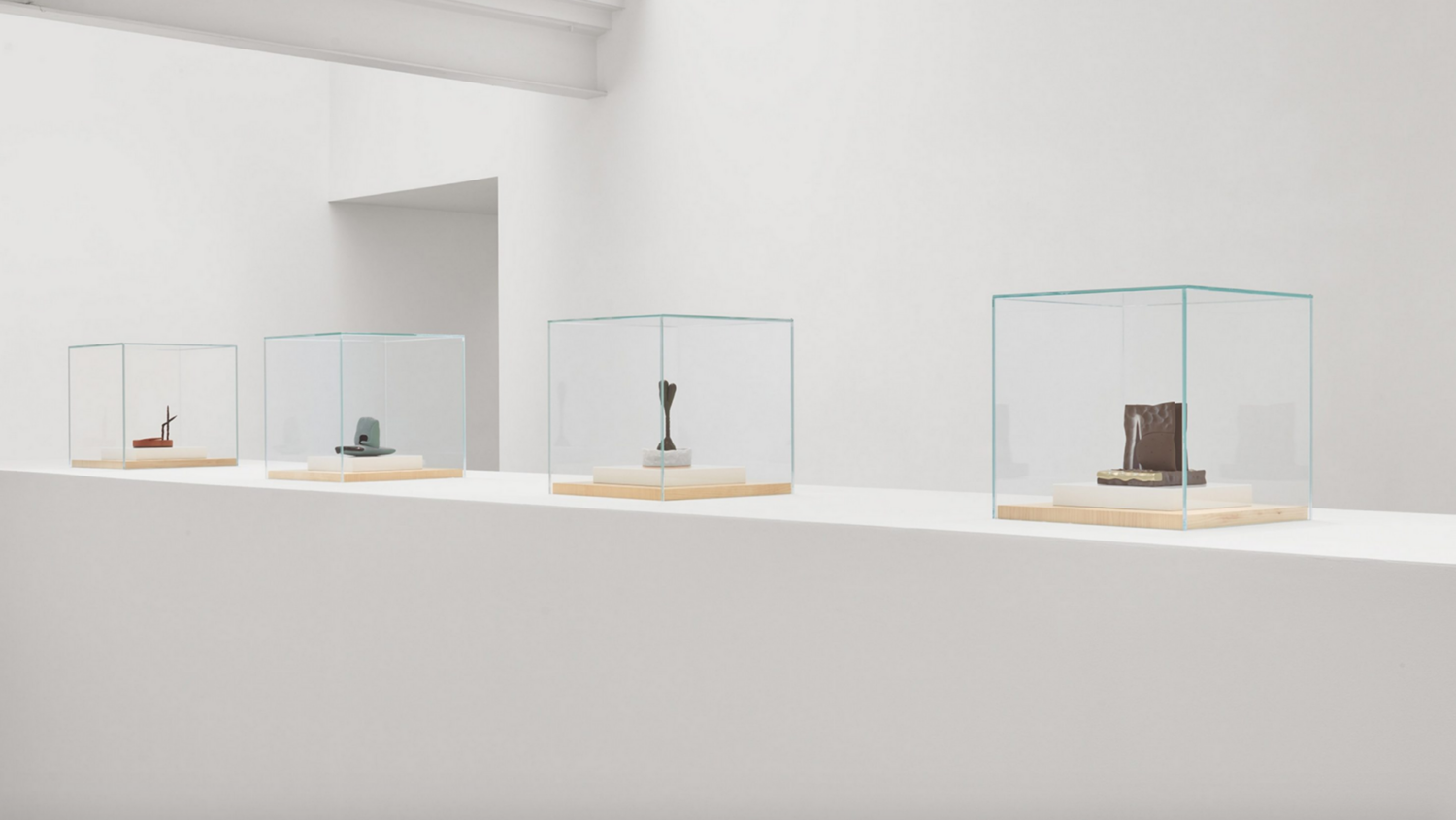
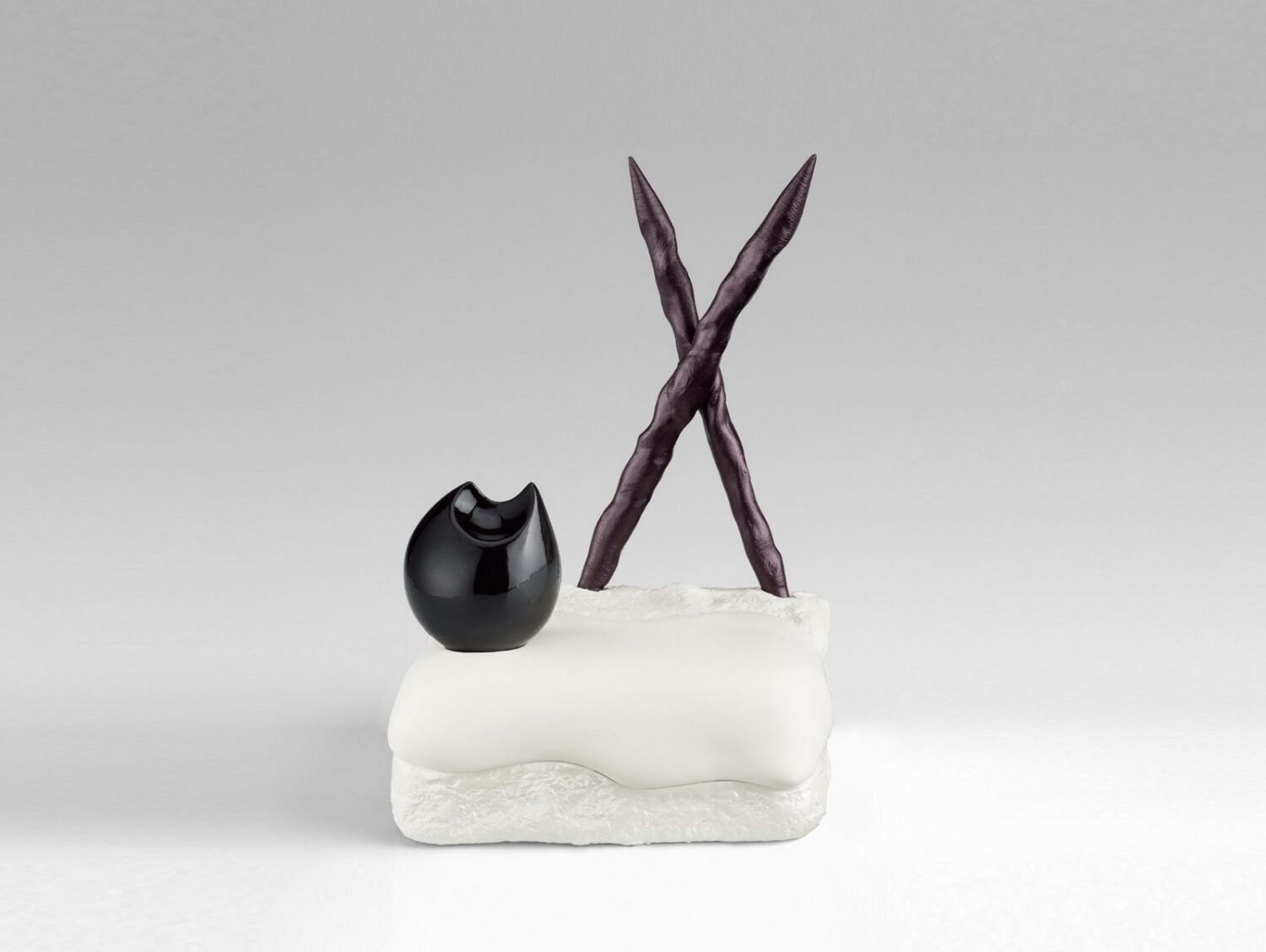
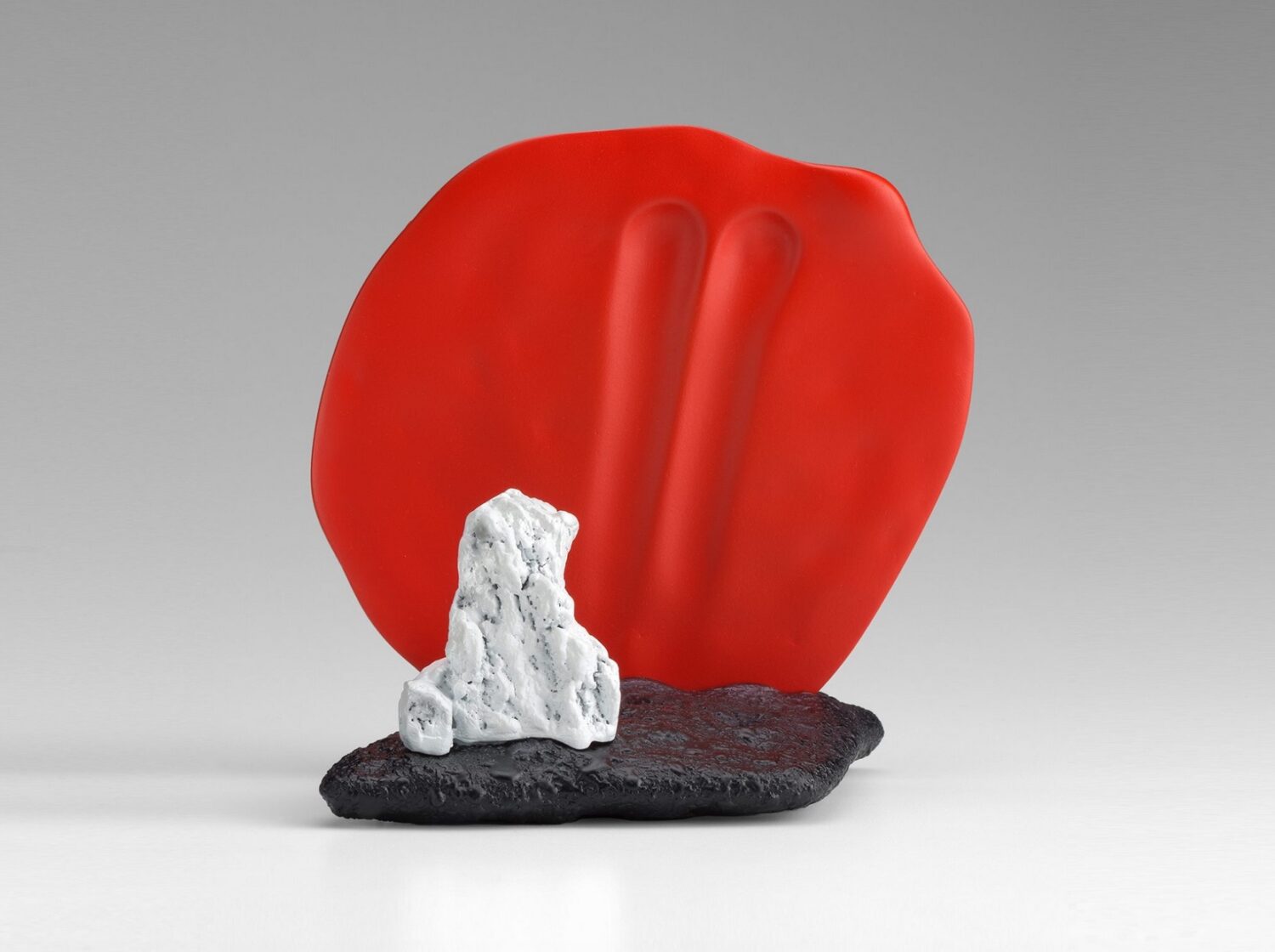
A new catalogue will be published by Modern Art to accompany the exhibition, featuring an essay by DanFox. His retrospective exhibition, Handsome Drifter, UC Berkeley Art Museum and Pacific Film Archive remains on view until March 21. Appointment is needed.
For more about Nagle in Cfile.Org click here.

Add your valued opinion to this post.